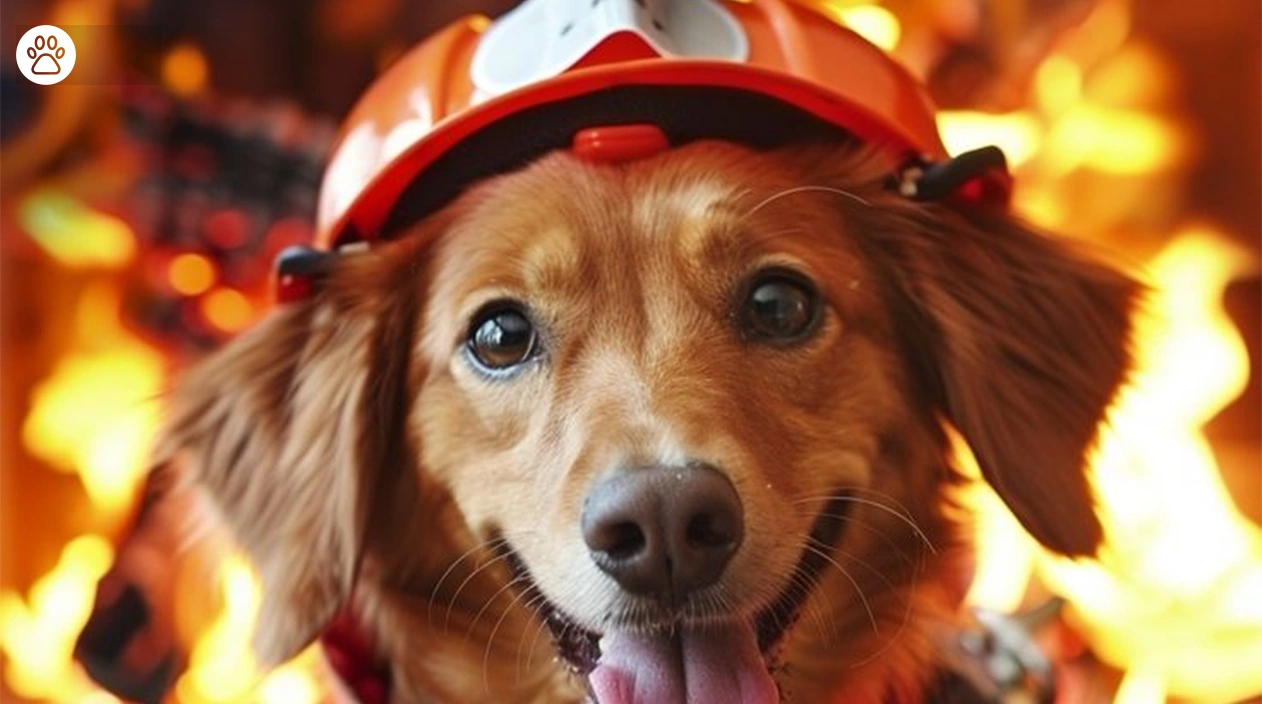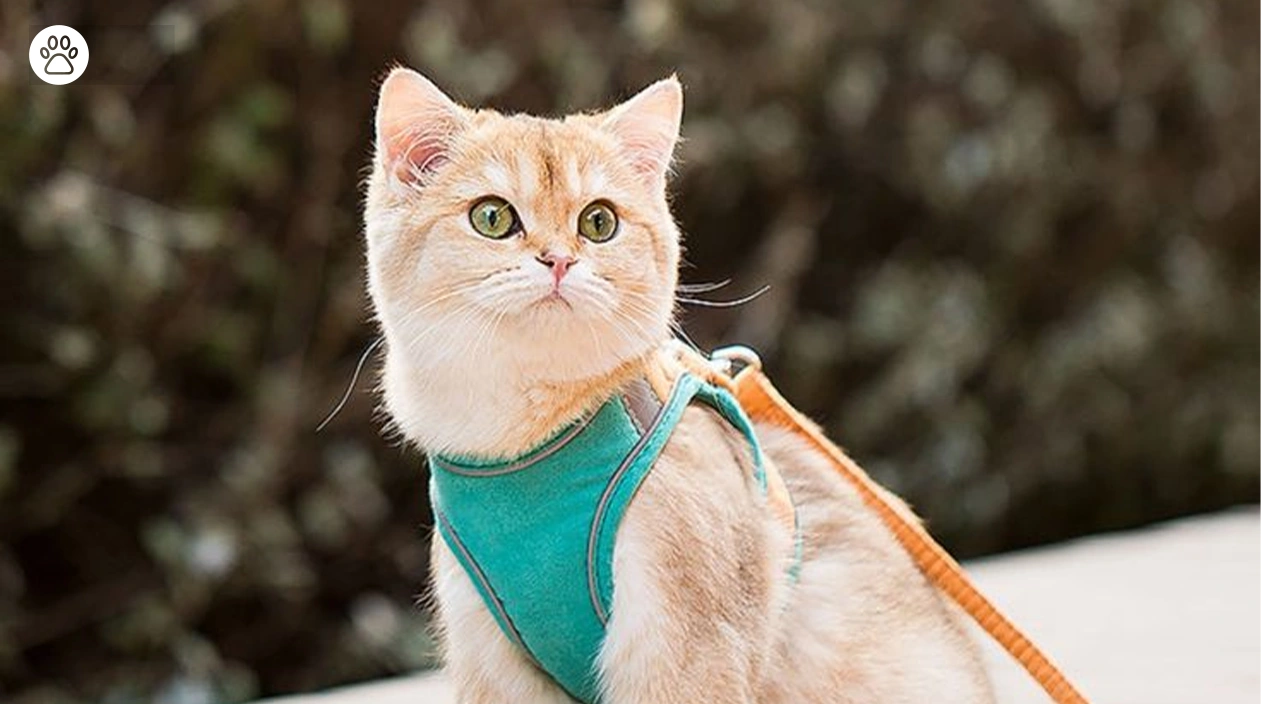Pet owners need to establish homes that protect their companion animals effectively. Households commonly face pest management issues because the products they use often contain chemical ingredients dangerous to animals. Many pet owners want to know if boric acid remains safe for usage against pests in their dogs and cats or alternative pets. Using information about risks and pest control alternatives will enable you to protect your pets while addressing pest problems effectively.
The following guide will study boric acid’s toxicity level, together with its home locations and alternative solutions with veterinary-approved pet safety measures and methods to detect poison exposure. You will finish this guide with the necessary knowledge to eliminate pests from your home in a way that safeguards your pets.
Toxicity Scale: How Dangerous Is Boric Acid for Pets?
Pet exposure to boric acid brings risks of toxicity because this substance delivers moderate levels of danger through ingestion, absorption, or inhalation. The degree of exposure alongside pet species determines how much risk arises.
Pet animals, including cats and dogs, face moderate risk after eating boric acid since ingestion might trigger vomiting and diarrhoea, while severe cases could result in kidney damage. Even minimal contact with boric acid leads to severe reactions amongst birds, rabbits, and rodents due to their heightened sensitivity. Reptiles, along with fish, maintain high sensitivity because minimal exposure to borates can lead to deadly consequences due to their fragile physiological structure.

Read here: A Complete Guide to Cockapoo Dogs: Everything You Need to Know
Exposing yourself to small amounts of toxins multiple times can eventually become harmful to the body. Pets risk absorbing boric acid through surface licking and breathing powder residue, as well as paw grooming after walking on treated terrains. The use of “low toxicity” products requires continuous caution because pets remain vulnerable even when taken into account in home environments.
Where Is Boric Acid Used in Homes?
Pet owners may find boric acid present in numerous household items, so their pets could easily encounter it by chance. The primary application of boric acid exists within insecticidal products that kill ant, roach, and flea populations. Boric acid functions as the active compound in numerous pest control baits and powders that are available on the market.
The antifungal and antibacterial properties present in boric acid make it an ingredient in cleaning solutions, including mould removers and disinfectants. The antiseptic and eye wash categories represent the limited instances where boric acid appears in individual personal care products.

Various pathways exist that allow pets to encounter boric acid exposure. Boric acid exposure occurs when pets consume the chemical through surface licking, inhale airborne powder particles, or absorb the substance through their skin. The risk of ingestion of boric acid rises most for pets who walk on treated floors and then clean themselves afterwards. Minimizing pet exposure requires the secure storage of pest control products alongside the preference for pet-friendly alternatives when such options exist.
Visit this: Life with Siamese Cats: An Owner’s Complete Guide
Pet-Safe Alternatives to Boric Acid
Pest control methods for pet safety exist, and both prove effective and risk-free for animal companions. The most effective alternative to killing insects without harming mammals exists in the form of food-grade diatomaceous earth, which functions by damaging pest exoskeletons. The powder remains safe when correctly deployed in places where pets spend time.
The diluted use of essential oils containing peppermint and cedarwood acts as an effective pest-deterring agent when dosed appropriately. Before using essential oils with cats, owners must examine their toxicity because several oils prove dangerous for feline health. Pet owners can use diluted vinegar as an insect repellent and cleaning solution for pest control but should be aware that severe infestations might require alternative methods.

Pet owners who want to avoid chemical solutions can use safe, animal-friendly traps based on sticky materials or live capture features for pest control purposes. When pet owners select these alternatives, they achieve successful pest management without harming their pets.
Vet Tips: How to Keep Pets Safe from Pest Control Products
Veterinarians strongly advise that pet owners take protective measures before applying pest control solutions in homes containing domestic animals. Secure locations serve as the primary storage space for chemicals, including high shelves and locked cabinets, to keep pets from accessing them.
Use only pest control treatments that bear pet-safe labels and indicate their total lack of toxicity to animals for your applications. Allow ventilation of treated areas to be safe before permitting your pets to return to the space. To protect pets from pesticide exposure, pets should receive paw and fur washing after outdoor activities.
Symptoms of Boric Acid Poisoning in Pets
Pet owners should learn to identify boric acid poisoning symptoms to respond fast during emergency situations. Boric acid poisoning triggers vomiting and diarrhoea while causing excessive drooling and making affected pets tired. Boric acid contamination leads to severe symptoms such as seizures while additionally causing breathing problems and skin discomfort in pets.
See more: 5 Easy & Cheap Raw Dog Food Recipes for Beginners
A pet needs immediate veterinary evaluation after showing boric acid exposure symptoms, including vomiting or diarrhoea, excessive drooling, or lethargy. The veterinary professional needs the product label to determine an appropriate treatment. Timing matters in treatment since it helps avoid severe medical issues.
Final Verdict
Boric acid exposure creates unsafe dangers for pets because of its health-threatening characteristics. People who keep pets in their households must stay away from boric acid pest control methods because the substance creates safety risks for their animals despite being an efficient pest management component. Homeownership includes different safe methods that provide effective pest management without harming pets.
Visit this blog: Doberman Pinscher: Breed Traits, Care Tips & More
Pet habits protected through appropriate pest control methods coupled with secure storage methods and pet observation will generate a safe domestic environment. Pet owners should consult their veterinarians about any suspected dangerous substance exposure that might affect their pets.
